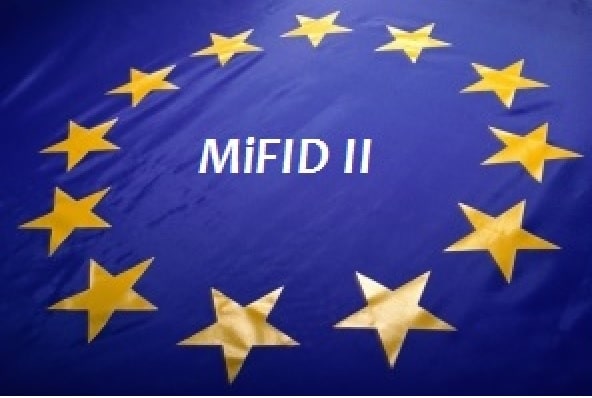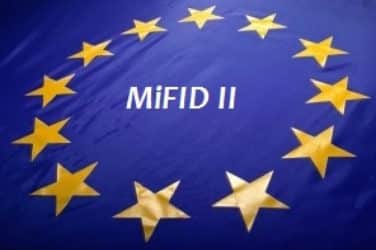Mike Carrodus, CEO of Substantive Research, the research discovery and research spend analytics provider for the buy-side, offers his perspectives on the SEC’s ‘No-Action’ letter on MiFID II, which lapses on 3 July, causing a system-wide chaos for the global research market.
Background
When MiFID II came into effect in 2018, Europe unbundled trading and research, forcing almost all asset managers to pay for research in cash only. The regime in the US is the direct opposite of this approach, as the SEC requires research to be paid in commissions alongside a trade and doesn’t allow for research to be paid in cash. To solve the disconnect, shortly before MiFID II was implemented, the SEC issued a ‘no action’ letter, which acted as a ‘carve out’ that allowed European asset managers to pay US brokers in cash. However, in July 2022, the SEC stunned the markets by giving notice that it would allow the ‘no action’ letter to lapse in July 2023, believing that there were sufficient viable solutions, and sufficient time for asset managers to prepare for the rule change.
Whilst there were potential remedies for the situation, Substantive Research found in a survey earlier this year that there was no consensus way forward amongst institutions or research providers.
Potential solutions, all fraught with challenges
1. The first possible solution is that brokers become registered investment advisors (RIAs), with a number having already done so. This would allow them to take payments in cash from asset managers, but creates significant operational and compliance burdens and risks, and many brokers have decided that this route is not viable for them.
2. The second solution would be for European asset managers to create structures where they generate commissions from trading, but then reimburse the funds in order to keep research costs away from clients, (buy-side firms say that end investors are now used to not paying for their asset managers’ research costs, and would not currently allow a reversal back into these charges.)
3. The third solution would be for European asset managers to pay US brokers entirely in Europe for research consumed in both regions and covering both markets. But that would mean that any smaller US brokers that don’t have European entities would be frozen out, as they simply don’t have sufficient amounts of European revenues to justify fixing it all from their side. But from the perspective of European asset managers, losing access to these niche US brokers may be seen as necessary collateral damage in the quest to keep processes simple and straightforward.
The protections lapse today
Despite a unanimous vote within the House Financial Services Committee in the US in May 2023, to ‘direct’ the SEC to extend the protections once again, the SEC itself has remained steadfast in its reluctance and has allowed the protections to lapse, throwing the research market into chaos for many institutions and research providers.
Mike Carrodus, CEO of Substantive, said: “One issue that has not had much attention so far is the payment for research in cash happening from the US buy side to US brokers, using the No Action relief as cover. It is predominantly between smaller firms on either side, but is still significant and doesn’t have a solution. Will the SEC tolerate these cash payments after July 3rd? No one knows, and a number of smaller US asset managers will be exploring setting up new CSA structures this summer as a result.
“Now that the No Action relief has lapsed we will see how buy and sell side firms will be impacted by conflicting regulatory regimes without this important carveout in place. Some US brokers may lose out on European revenues, and many European asset managers will have less choice and less access to diversified, niche US research. Further regulatory alignment in the research market may be likely with changes in European rules in the next year or so, but not in time to fix this mess.
“Many will say that MiFID II caused this problem and it’s not the SEC’s job to fix it for them. However if you look at who has had to deal with the most problems arising from this discontinuation of the relief, it’s actually the smaller US brokers and some of the largest US asset managers.
“Many will be underprepared because they wanted to observe how far Congress could get in applying pressure to the SEC to make this go away, and didn’t want to create internal upheaval unnecessarily. Now some sell side firms will be scrabbling to provide new payment solutions to European clients before they get cut off.”
Source: Substantive Research





